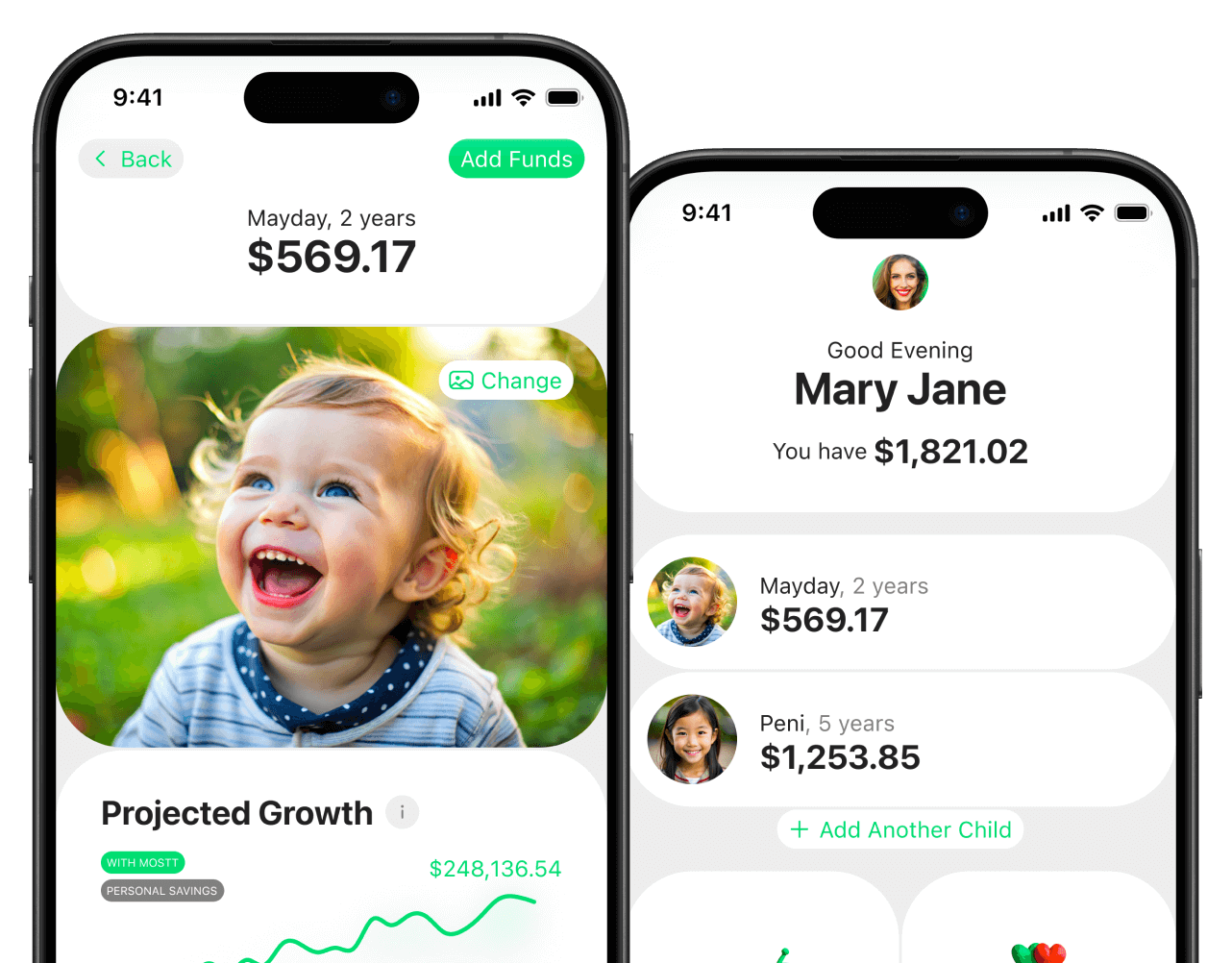As a parent, one of the most impactful decisions you can make for your child is to invest in their future. Education is a cornerstone of success, but the rising costs of tuition can make it seem like an insurmountable challenge. Fortunately, 529 accounts provide a powerful tool for parents looking to save for their child’s education while enjoying significant tax advantages. In this blog, we’ll explore what 529 accounts are, how they work, and why they might be a good option for investing in your child’s future—along with some potential drawbacks to consider.
What Is a 529 Account?
A 529 account, named after Section 529 of the Internal Revenue Code, is a tax-advantaged savings plan designed specifically for education expenses. These accounts are sponsored by states, state agencies, or educational institutions and come in two primary types:
- College Savings Plans: These operate similarly to a 401(k) or IRA, allowing you to invest in a variety of mutual funds or exchange-traded funds (ETFs). The account’s value is based on market performance.
- Prepaid Tuition Plans: These let you lock in current tuition rates for in-state public colleges, offering protection against rising tuition costs.
How Do 529 Accounts Work?
529 accounts are simple to set up and manage, making them a popular choice for parents and guardians. Here’s how they work:
- Open an Account: Choose a plan offered by your state or another state, depending on the benefits and investment options available.
- Make Contributions: You can contribute up to $19,000 per year per child (as of 2025) without triggering gift taxes. Some states offer additional tax benefits for contributions.
- Invest the Funds: For college savings plans, you can choose from a range of investment options, such as age-based portfolios that automatically adjust as your child gets closer to college age.
- Use the Funds: When it’s time for your child to attend school, you can withdraw funds tax-free for qualified education expenses, including tuition, room and board, books, and even some K-12 costs.
Benefits of 529 Accounts
1. Tax Advantages
The most significant benefit of a 529 account is its tax advantages. Contributions grow tax-deferred, and withdrawals for qualified education expenses are tax-free. Additionally, many states offer tax deductions or credits for contributions, further enhancing your savings. To dive deeper into how you can make the most of tax advantages, check out this insightful guide from Saving for College.
2. High Contribution Limits
Unlike other savings vehicles, 529 accounts have high contribution limits, often exceeding $300,000 per beneficiary (depending on the state). This makes them an excellent choice for families looking to save aggressively for education.
3. Education-Focused Uses
529 accounts are not limited to college tuition. Funds can be used for a wide range of education-related expenses, including:
- K-12 tuition (up to $10,000 per year)
- Vocational and trade schools
- Apprenticeship programs
- Student loan repayment (up to $10,000 lifetime limit)
4. Donor Control
The account owner retains control of the funds, even after the beneficiary reaches adulthood. This ensures that the money is used for its intended purpose.
5. Portability
If your child decides not to pursue higher education, you can transfer the account to another family member without penalty. This includes siblings, cousins, or even yourself if you’re considering furthering your education.
Drawbacks of 529 Accounts
While 529 accounts offer many advantages, they’re not without their drawbacks. Here are some considerations to keep in mind:
1. Limited Use of Funds
529 accounts are designed specifically for education expenses. If the funds are used for non-qualified expenses, earnings will be subject to income tax and a 10% penalty. This can make the accounts less flexible compared to other investment options, such as brokerage accounts. However, you might be wondering what happens if you need to access the money you’ve contributed. Unlike the earnings portion, contributions to a 529 plan can typically be withdrawn without penalties or taxes since they were made with after-tax dollars. For a detailed explanation, check out this article from Saving for College: Can I Withdraw Contributions from a 529 Plan Without Penalty?
2. Market Risk
For college savings plans, the account’s value is tied to market performance. While this offers growth potential, it also comes with the risk of losses, especially if the market declines close to the time your child needs the funds.
3. State-Specific Plans
Each state’s 529 plan comes with its own set of rules, fees, and benefits. Choosing an out-of-state plan might mean missing out on state tax deductions or credits, and comparing plans can be overwhelming.
4. Impact on Financial Aid
Assets in a 529 account owned by a parent are considered in financial aid calculations. While the impact is relatively small (up to 5.64% of the account value), it’s still something to consider if your child plans to apply for need-based aid. The Balance offers more information about how 529’s can affect financial aid and scholarships.
5. Prepaid Tuition Limitations
For prepaid tuition plans, funds are often restricted to in-state public colleges. If your child chooses a private or out-of-state school, the benefits might not fully cover tuition costs, reducing the plan’s value.
For more information on 529 drawbacks, here’s an interesting take from U.S. News & World Report.
Common Misconceptions About 529 Accounts
1. You Have to Attend In-State Schools
While some plans are state-specific, you’re not restricted to using the funds for in-state colleges. You can use 529 savings at most accredited institutions in the U.S. and even some abroad.
2. You Lose the Money if It’s Not Used for Education
If the funds are not used for education, you can still withdraw them, though earnings will be subject to income tax and a 10% penalty. However, you can avoid this penalty by transferring the account to another beneficiary or waiting until the funds are needed for future education.
3. It’s Too Late to Start Saving
It’s never too late to open a 529 account. Even if your child is in high school, the tax advantages and potential for growth make it worthwhile. For more information on 529 accounts, see The College Investor.
How to Maximize Your 529 Savings
1. Start Early
The earlier you start, the more time your investments have to grow through compounding. Even small, consistent contributions can add up significantly over time.
2. Take Advantage of State Tax Benefits
Check if your state offers tax deductions or credits for contributions to its 529 plan. This can provide an immediate boost to your savings.
3. Automate Contributions
Set up automatic contributions to ensure you’re consistently adding to the account. Many plans allow you to link your bank account for hassle-free investing.
4. Choose Age-Based Portfolios
Age-based portfolios automatically adjust their asset allocation as your child approaches college age, reducing risk over time. This is a hands-off way to manage your investments.
5. Encourage Gift Contributions
Let family and friends know they can contribute to your child’s 529 account as a meaningful gift for birthdays or holidays.
Real-Life Example: How a 529 Account Can Make a Difference
Imagine you open a 529 account when your child is born and contribute $200 per month. Assuming an average annual return of 6%, your account could grow to over $77,000 by the time your child turns 18. This amount can cover a significant portion of tuition, books, and other expenses, reducing the need for student loans and setting your child up for financial success.
Conclusion
529 accounts can be a valuable tool for saving for your child’s education, offering tax advantages, flexibility, and high contribution limits. However, they also come with limitations, such as market risk and restrictions on fund usage. By carefully weighing the pros and cons and exploring other savings options, you can make an informed decision that aligns with your family’s goals and circumstances.
Take the first step today by exploring the 529 plans available in your state. With careful planning and consistent contributions, you can help your child achieve their dreams while navigating the complexities of education savings.




